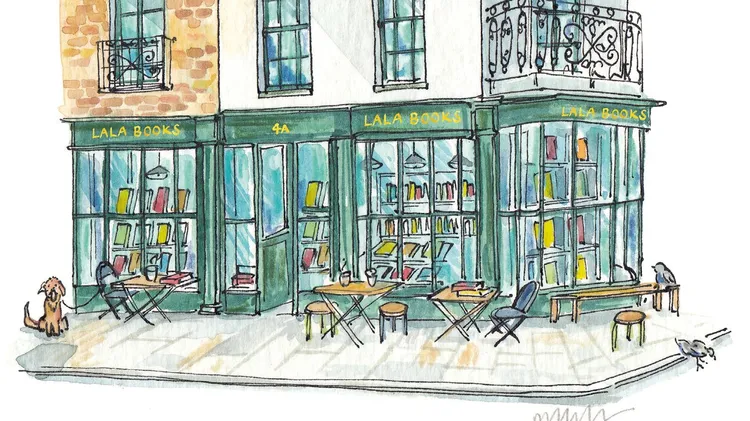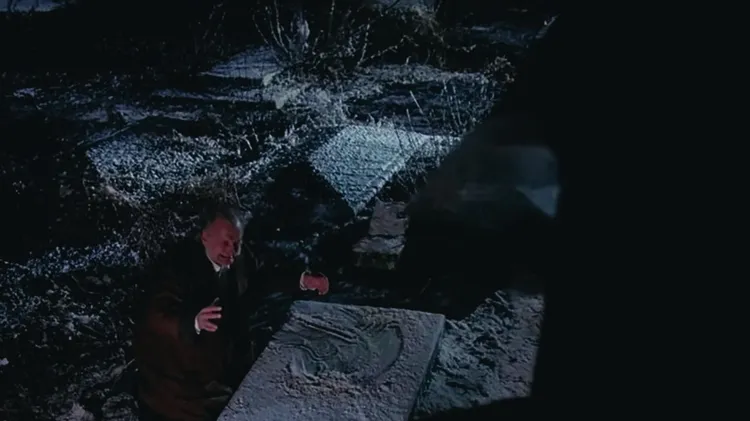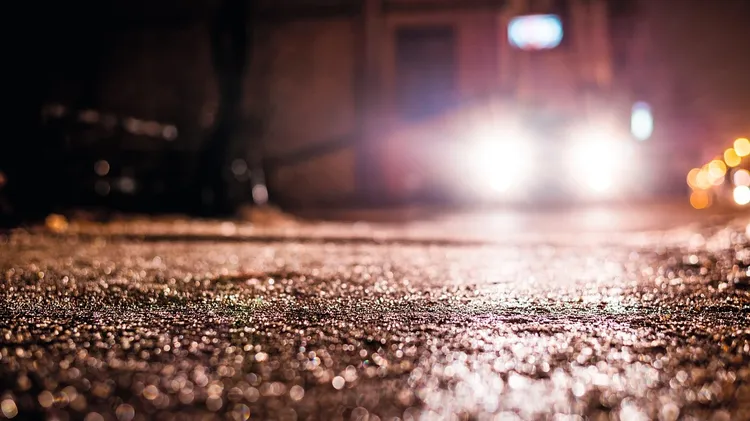Gas lamps are part of London’s DNA, argues Luke Honey, and must be pre
The london gasketeers
5 min read
This article is from...
Read this article and 8000+ more magazines and newspapers on Readly






